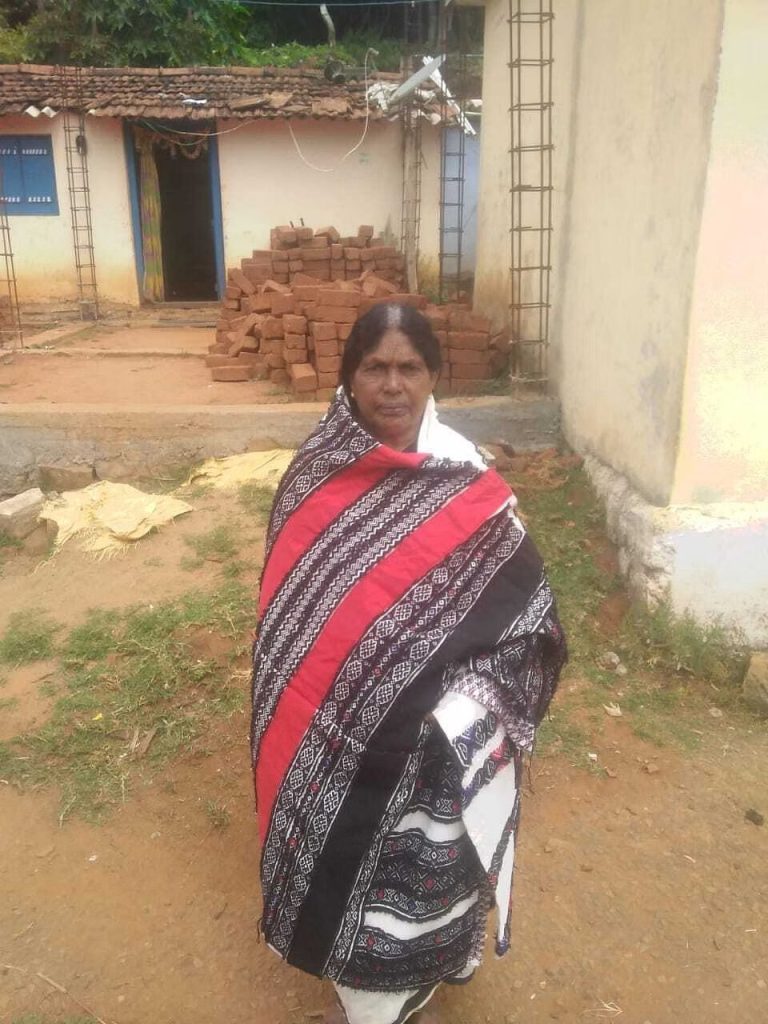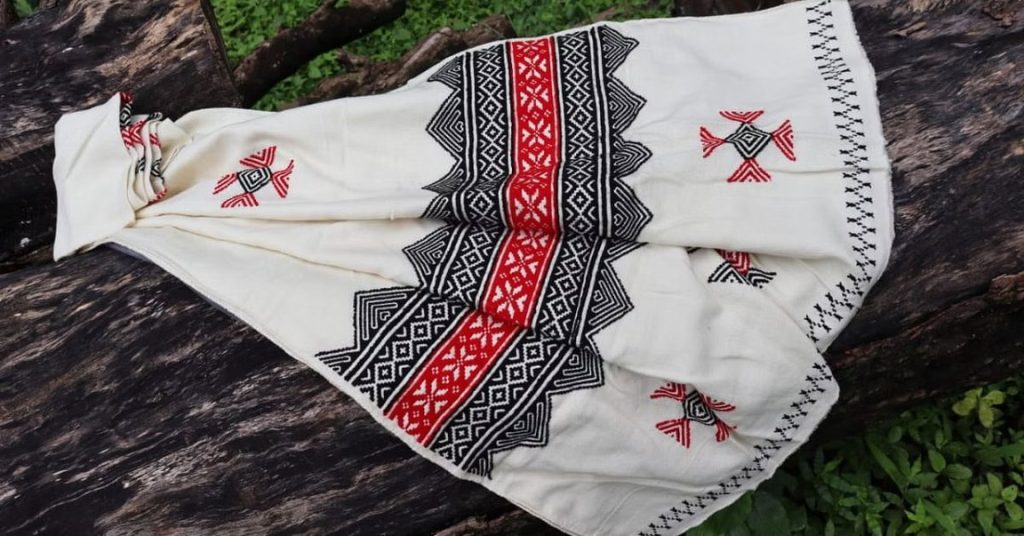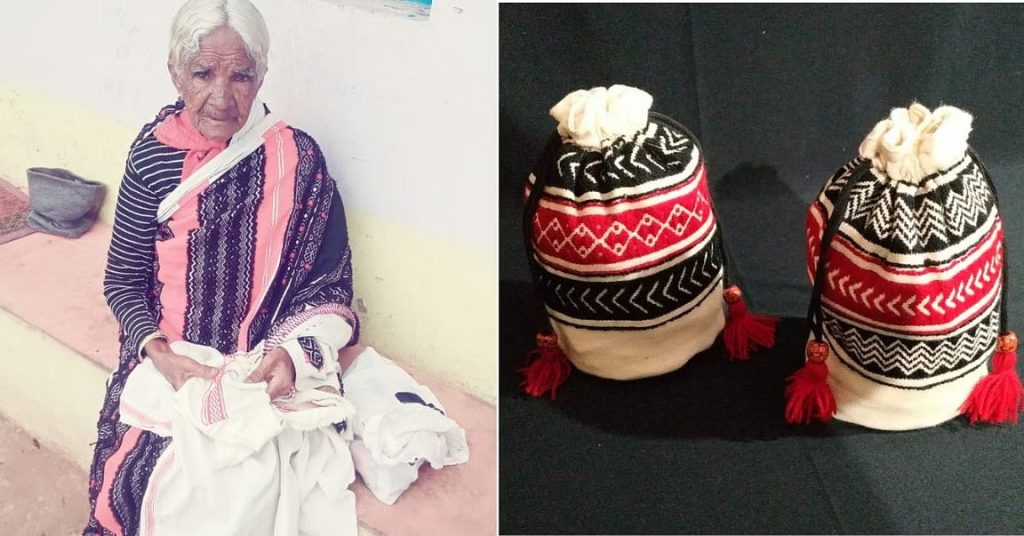Tsuktiben Jamir
Every week, Mithipoov, age 70, drives 45 minutes to Ooty with a bag of embroidered fabrics. She hails from Porthimandu in the Nilgiris. The embroidery, known as Toda embroidery, is a proud tradition in her village and is a common practice among the household women.
This exquisite Toda embroidery inspired Sheela Powel to launch Shalom Ooty. This business assists women from the Toda community in selling their traditional artwork and achieving financial independence. Sheela Powel is a resident of Ooty. Mithipoov has been travelling to Sheela Powell’s Shalom Ooty to sell her fabrics for the past 15 years. She is one among the 200 ladies that work with Sheela.

Courtesy: Sheela Powel.
“I get paid instantly for my work, which is a great source of income. More importantly, it is a matter of pride that my work is reaching the world. Earlier, it was challenging for us to sell our products,” Mithipoov shared with The Better India.
Toda is a highly intricate type of needlework passed down through the generations. The female artisans use only white or off-white cloth, and red and black threads are used to add the designs. Red and black threads easily stand out on the white fabric. There is no set pattern that the women have to follow. The Toda women utilise their imagination to create patterns for the needlework. This includes a variety of themes like scenes from daily life, mythological tales, the hues of plants and animals, stars, horns, and buffalo—all of which they hold sacred.

Courtesy: Sheela Powel.
Sheela was raised and educated in Ooty, where she attended a school specifically for the Toda community. “I have been up close with the community and was always intrigued by their work,” she recounts. She said, “They have a lot of pride in their craft and pastoral lifestyle. The one thing that always intrigued me was their Toda embroidery. It is so intricate and sophisticated and is only done by their community in India.”
In the years after her wedding in 1984, Sheela committed herself to creating a comfortable home for her family. She had a goal of being financially independent; this was also driven by the fact that they were struggling with financial issues at home. Eventually, down the line, this led to the creation of Ooty Shalom.
“There are hardly 1400 people in that community left now, of which 700 are women. The younger ones are not interested in the work, so we are only left with some 200-300 people. If we don’t encourage these women, the craft will disappear in the next ten years,” Sheela says about the embroidery. She also hopes that women from other communities will strive to learn the craft to preserve it.
Regarding embroidery, India is a country with a wide range of unique and intricate artworks in every corner of the country. The Toda embroidery is one such example. It is heartwarming that women like Sheela are trying to preserve this art form while sharing it with people outside the community.





